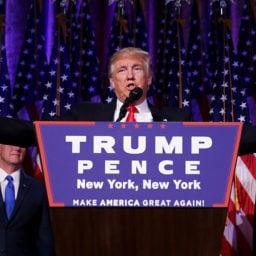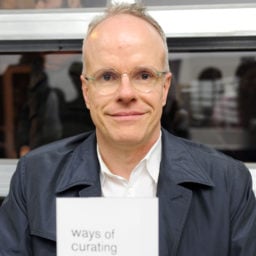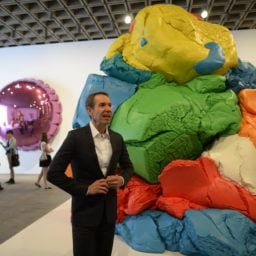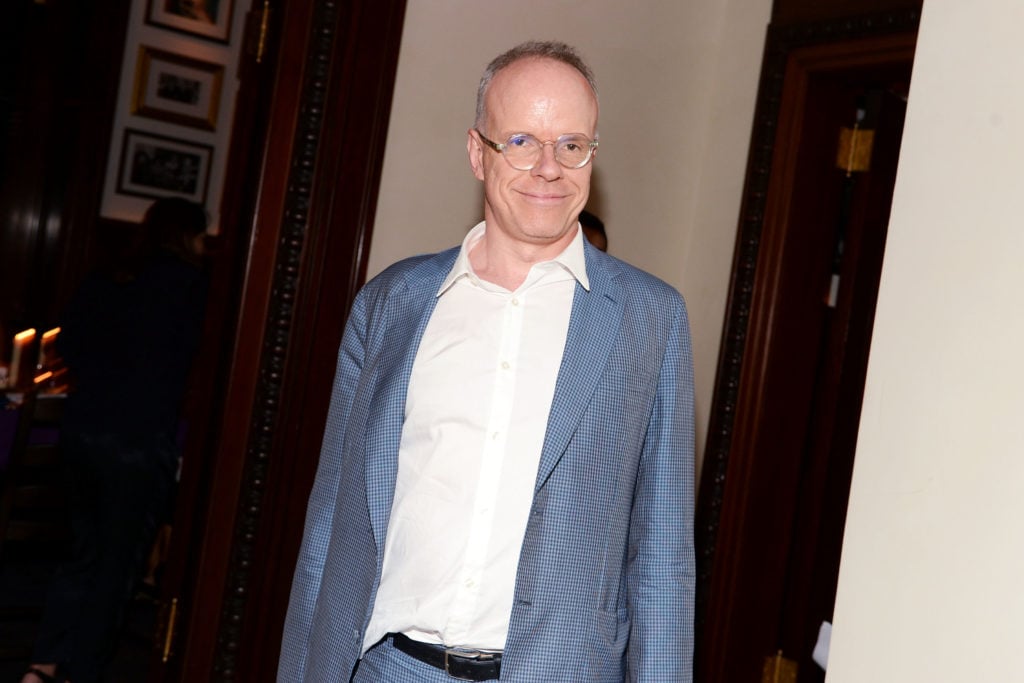

What is the role of the curator in the contemporary art world? Often working behind the scenes in an opaque job, curators actually greatly influence the art we see in galleries and museums, and, as a result, help determine which art critics write about.
“Today, curating as a profession means at least four things,” the curator and co-director of London’s Serpentine Galleries, Hans Ulrich Obrist, wrote in the Guardian. “It means to preserve, in the sense of safeguarding the heritage of art. It means to be the selector of new work. It means to connect to art history. And it means displaying or arranging the work.”
As such, curators are involved in nearly all facets of a museum’s functions, which the Dutch museologist Peter van Mensch defined as preservation, communication, and study. Curators also play a key role in the acquisition and selection process of institutions, deciding on how to allocate budgets and deciding which works are displayed.
Finally, curators decide how works are hung in galleries and how the viewing public experiences the exhibition, by researching how to show artworks in art historically coherent and entertaining way.
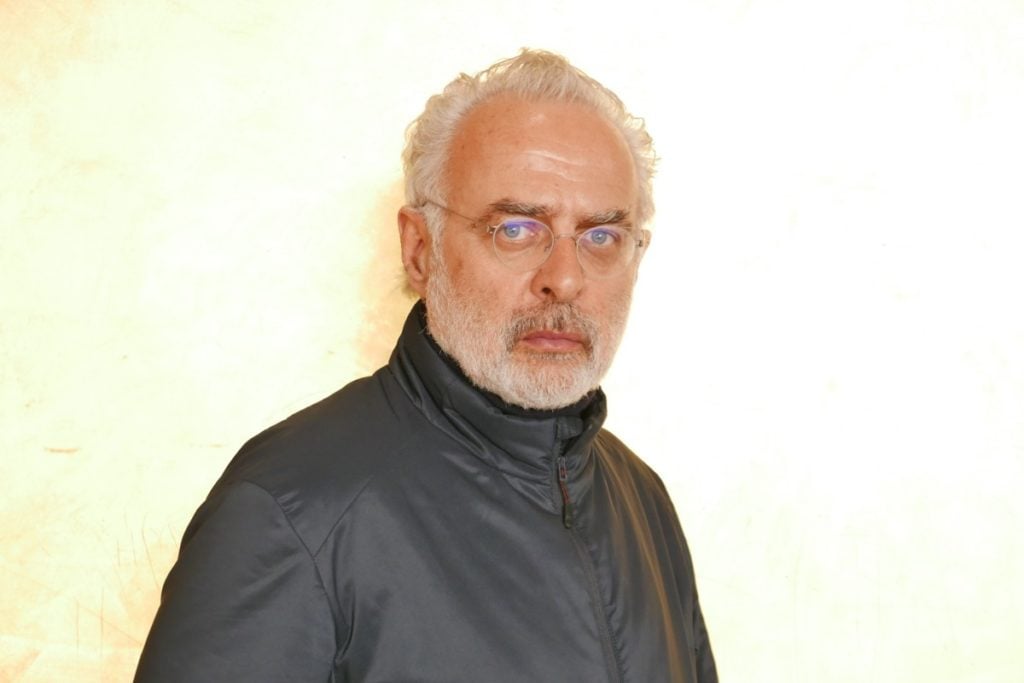
Francesco Bonami. Photo: courtesy Francesco Bonami.
Speaking to artnet News, the outspoken Italian curator Franceso Bonami pointed out that in today’s market-driven contemporary art environment, curators retain the important task of highlighting art’s noncommercial dimension. Curators, he says, “validate some kind of intellectual content” because “art, no matter which crazy value it can demand, is still needed by society.”
The dual capacity of acting as a tastemaker and validator has resulted in a small group of prominent “star curators” gaining influential positions in the contemporary art environment, where they can make or break an artist’s career. In some cases their celebrity can even eclipse that of the artists they work with.
Arguably the first curator to reach such status was Henry Geldzahler, whose 1969 exhibition “New York Painters and Sculptors of 1940-1970” at New York’s Metropolitan Museum of Art launched the careers of a group of emerging artists such as Andy Warhol, Jasper Johns, Roy Lichtenstein, Frank Stella, David Hockney, and James Rosenquist. According to the New York Times, Geldzahler was once dubbed “the most powerful and controversial art curator alive.”
Despite having just been named in the artnet Titans list of powerful figures, Obrist insists that he primarily sees himself as a facilitator. “I’ve realised that the curator’s role is more that of enabler,” he said. “I’ve never thought of the curator as a creative rival to the artist. When I became a curator, I wanted to be helpful to artists. I think of my work as that of a catalyst—and sparring partner.”
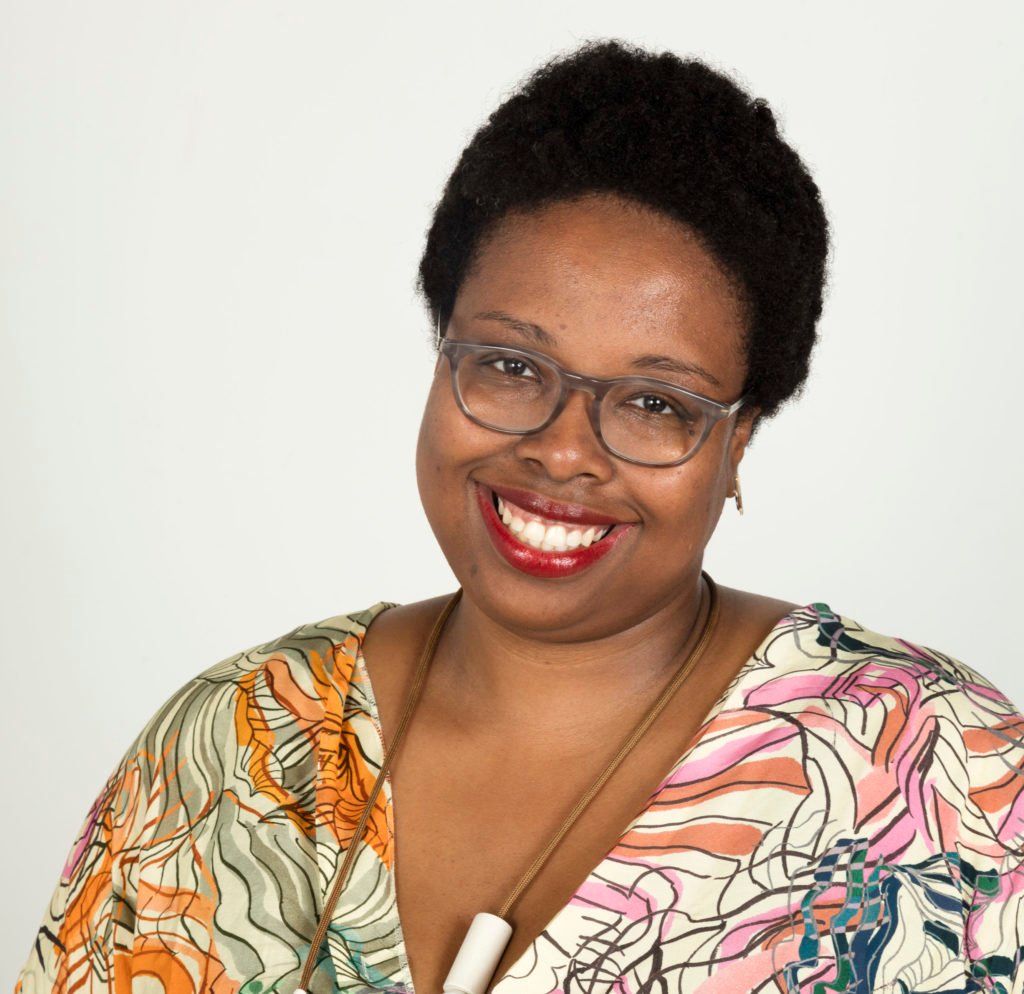
Jamillah James. Courtesy of Paul Mpagi Sepuya.
Curators can take a more explicitly activist role as well. Jamillah James, recently appointed curator at the Institute of Contemporary Art Los Angeles, describes her role that way in a recent interview with ArtSlant. “My commitment is still very much to giving voice to artists of color, women and queer-identified artists within institutions, and foregrounding their contributions in art historical discourse.”
“Using a curatorial platform for advocacy and activism is a responsibility and an honor I don’t take lightly,” she adds.

